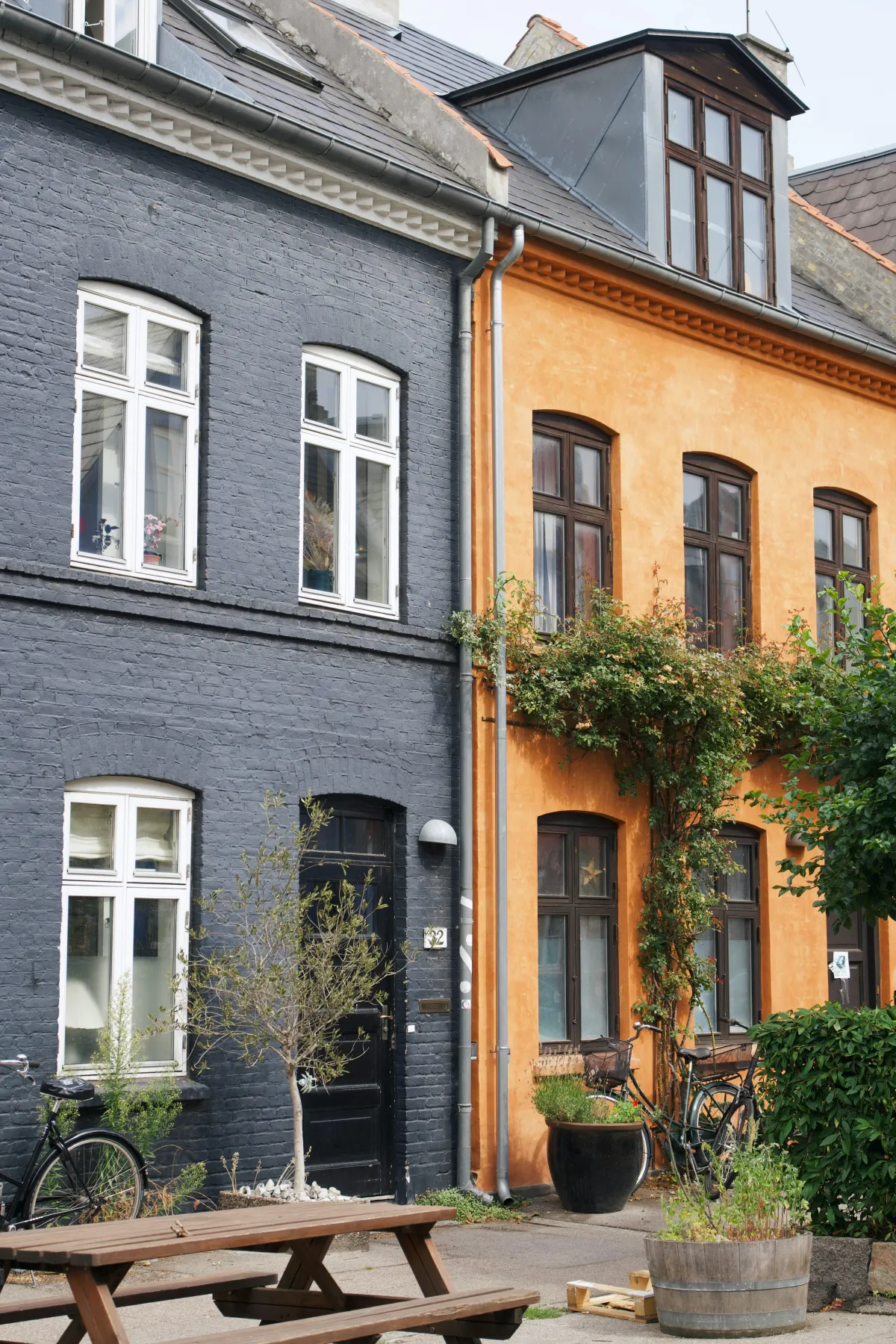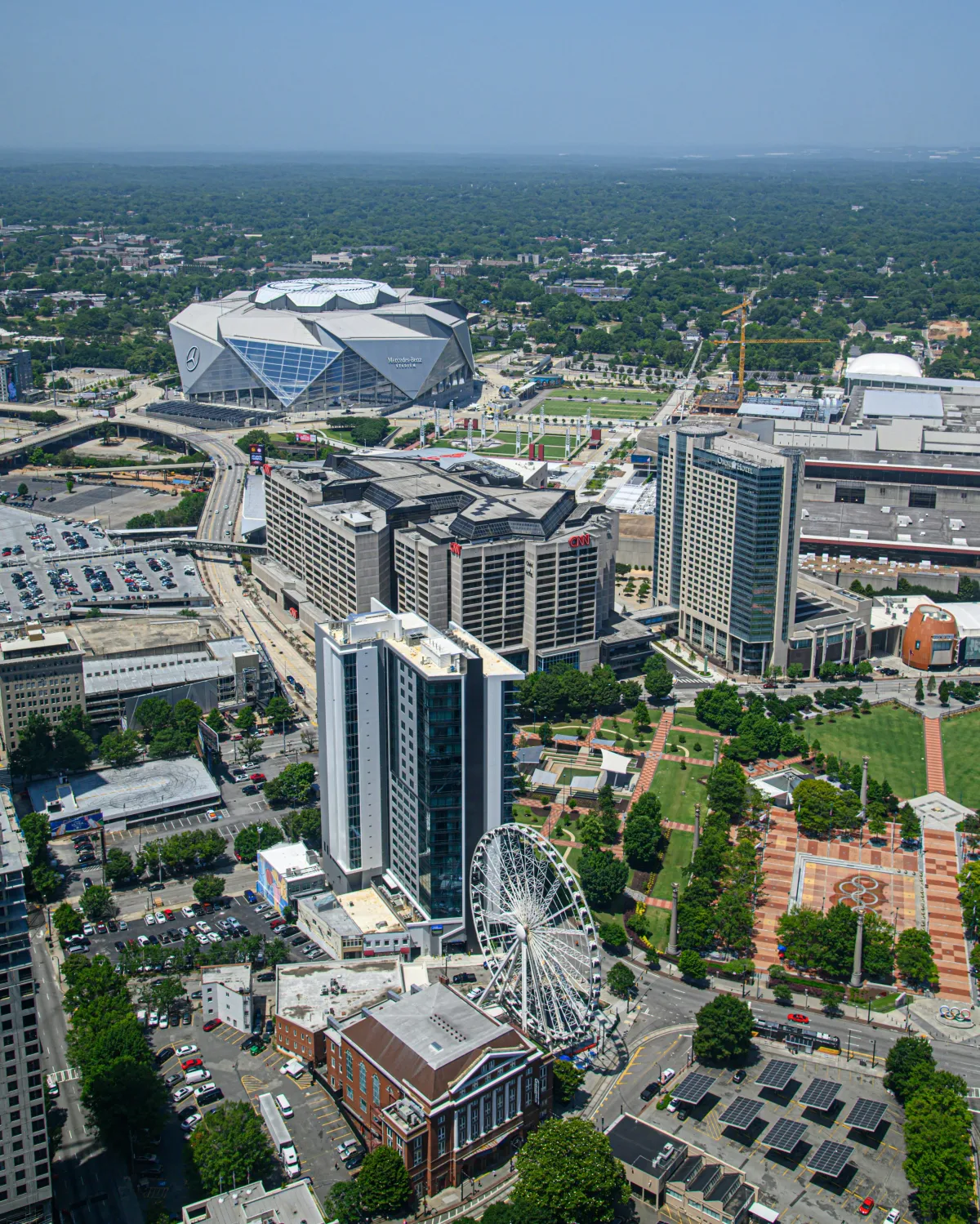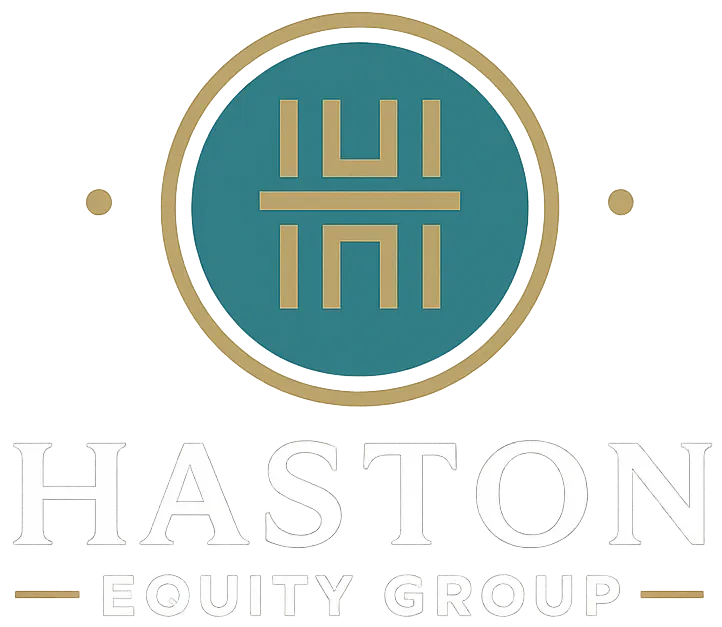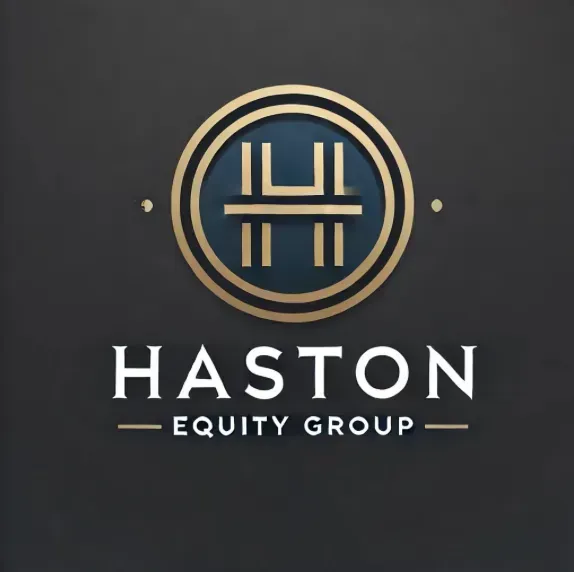Connecticut: Heritage Meets Opportunity
Repurposing Historic Assets for Modern Living
Connecticut presents unique opportunities for adaptive reuse and value-add multifamily investments, driven by the state's rich industrial heritage and evolving urban landscapes. The state's numerous historic buildings, from former manufacturing complexes to institutional structures, provide exceptional foundations for creative residential conversions that honor architectural heritage while meeting contemporary housing needs.
Market Fundamentals
Connecticut's real estate market benefits from proximity to major metropolitan areas, including New York City and Boston, creating consistent demand for quality housing from professionals seeking more affordable alternatives to urban cores. The state's established infrastructure, quality educational institutions, and cultural amenities support stable rental demand across multiple demographic segments.
Recent state initiatives have increasingly supported adaptive reuse as a strategy for addressing housing needs and revitalizing urban centers. Local governments recognize that converting underutilized commercial and industrial buildings into residential properties can efficiently add housing stock while preserving community character and reducing urban sprawl.
Investment Opportunities
Our Connecticut strategy focuses on converting large-scale industrial buildings into distinctive loft-style apartments that capitalize on features like high ceilings, large windows, and robust construction that would be cost-prohibitive to replicate in new construction. These conversions often create unique living spaces that command premium rents from tenants seeking character and authenticity.
We also target underperforming commercial properties in downtown areas that can be repositioned as mixed-use developments, combining residential units with ground-floor retail or office space. These projects contribute to downtown revitalization while creating diversified income streams.
Competitive Advantages
Connecticut's adaptive reuse market benefits from relatively less competition from institutional investors, creating opportunities for specialized firms like Haston Equity Group to acquire properties at attractive valuations. Our experience with complex regulatory processes and historic preservation requirements provides significant advantages in executing successful conversions.

Georgia: Dynamic Growth and Urban Renaissance

Capitalizing on Atlanta's Expansion and Statewide Growth
Georgia, particularly the Atlanta metropolitan area, represents one of the most dynamic growth markets in the Southeast, offering compelling opportunities for both high-value add multifamily and adaptive reuse investments. The region's robust economic expansion, population growth, and pro-business environment create ideal conditions for real estate investment across multiple property types and submarkets.
Economic Drivers
Atlanta's status as a major transportation hub, combined with its diverse economy spanning technology, finance, logistics, and entertainment, generates consistent demand for housing across income levels. The region continues to attract corporate relocations and expansions, driving job growth and in-migration that supports rental housing demand.
The broader Georgia market benefits from favorable business climate policies, relatively affordable cost of living compared to other major metropolitan areas, and quality of life factors that attract both businesses and residents. These fundamentals support sustained population growth and economic expansion across multiple markets throughout the state.
Investment Focus Areas
Our Georgia strategy emphasizes infill opportunities in established neighborhoods experiencing demographic shifts and renewed investment interest. We target older multifamily properties in areas with good access to employment centers, quality schools, and transportation infrastructure, implementing comprehensive renovation and repositioning programs to capture rent growth potential.
Adaptive reuse opportunities in Georgia often involve converting former industrial or commercial buildings in neighborhoods undergoing gentrification. Atlanta's embrace of urban revitalization creates supportive regulatory environments for these conversions, while growing demand for unique housing options supports premium pricing for well-executed projects.
Market Dynamics
Georgia's real estate market benefits from relatively affordable land and construction costs compared to other major metropolitan areas, allowing for attractive acquisition pricing and reasonable renovation budgets. The state's pro-development policies and streamlined permitting processes facilitate efficient project execution.
Strong population growth, particularly among young professionals and families, creates sustained demand for quality rental housing. This demographic shift supports both workforce housing and higher-end rental products, providing flexibility in positioning renovated properties.
Florida: Population Boom Meets Land Constraints
Leveraging Growth and Scarcity for Superior Returns
Florida's combination of relentless population growth and increasingly limited developable land creates uniquely favorable conditions for high-value add multifamily and adaptive reuse strategies. The state's appeal to both domestic migrants and international investors, combined with geographic constraints in desirable coastal markets, drives consistent demand for creative housing solutions.
Demographic Trends
Florida continues to experience robust population growth driven by retirees, young professionals, and families seeking favorable tax policies, year-round climate, and diverse economic opportunities. This growth spans multiple age demographics and income levels, supporting demand for various housing products from workforce housing to luxury rentals.
The state's appeal extends beyond traditional retiree demographics to include technology workers, entrepreneurs, and corporate relocations attracted by business-friendly policies and quality of life factors. This demographic diversity supports rental demand across multiple price points and property types.
Market Opportunities
Our Florida strategy focuses on repositioning existing multifamily properties in established markets where land constraints limit new construction options. These projects often involve comprehensive renovations that transform older properties into modern rental communities that compete effectively with new construction while offering superior returns due to lower acquisition costs.
Adaptive reuse opportunities in Florida frequently involve converting underperforming retail centers, hotels, or office buildings into residential properties. Coastal markets particularly benefit from these strategies due to land scarcity and high replacement costs for new construction.
Competitive Positioning
Florida's rapid growth has attracted significant institutional investment, but opportunities remain for specialized firms with expertise in complex renovations and adaptive reuse. Our focus on transformation rather than stabilized acquisitions allows us to compete effectively while generating superior returns through active value creation.

The Southeast: Emerging Markets and Untapped Potential

Identifying Tomorrow's Growth Markets Today
The broader Southeast region offers numerous emerging markets experiencing significant economic and demographic shifts that create compelling opportunities for real estate investment. Our regional strategy focuses on identifying secondary and tertiary markets that are positioned for growth but have not yet attracted significant institutional investment attention.
Regional Trends
The Southeast benefits from several macro trends including corporate relocations from higher-cost markets, population migration seeking affordable living costs and favorable business climates, and infrastructure investments that improve connectivity and economic development potential. These trends create opportunities in markets that may be overlooked by larger institutional investors focused on primary markets.
Many Southeast markets offer attractive fundamentals including job growth, population expansion, and improving quality of life factors, while maintaining relatively affordable real estate pricing that allows for attractive acquisition opportunities and strong value creation potential.
Investment Approach
Our Southeast strategy emphasizes early identification of markets experiencing positive economic and demographic trends before they attract widespread institutional attention. This approach allows us to acquire properties at attractive valuations while positioning for significant appreciation as markets mature.
We focus on adaptive reuse opportunities in historic downtown areas that are experiencing revitalization, often involving conversion of former commercial or industrial buildings into residential or mixed-use properties that serve as catalysts for broader neighborhood improvement.

